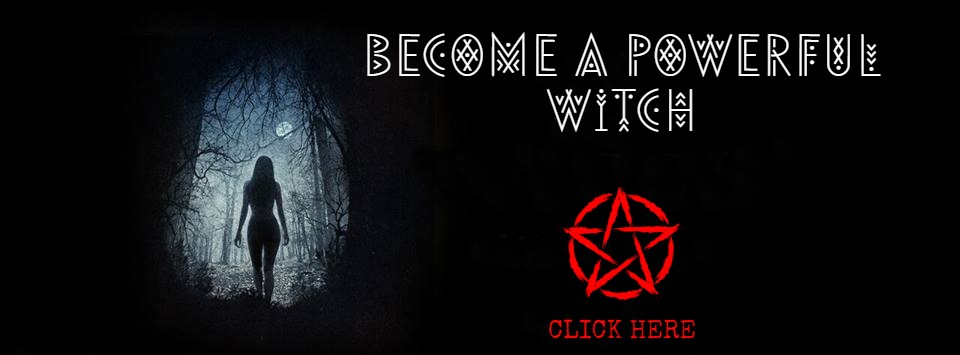A common method of discovering witches in the 16th and 17th centuries was to prick their skin with needles, pins and bodkins, which were daggerlike instruments for drawing ribbons through loops or hems, or punching holes in cloth. It was believed that all witches had a Witch’s Mark, a patch of skin or blemish that was insensitive to pain or that would not bleed when pricked. The discovery of such a spot alone was not sufficient proof to convict a person but was added to the evidence against her. Pricking was done throughout Europe but was most widespread in England and Scotland.
It was not uncommon for professional witch finders, who earned good fees by unmasking witches from town to town, to use fake bodkins in order to falsify evidence. Some of these instruments had hollow wooden handles and retractable points, which gave the appearance of penetrating the accused witch’s flesh up to the hilt without pain, mark or blood. Other specially designed needles had one sharp end and one blunt end, which was used by
sleight of hand to draw blood in “normal” spots and have no effect on “witch’s marks.”
Matthew Hopkins, England’s notorious witch-hunter of the 17th century, used pricking as one of his methods. In 1650 the officials of Newcastle-on-Tyne offered another witch-hunter 20 shillings for each witch he uncovered. The man, not named in the records, examined and pricked suspects, and succeeded in getting one man and 14 women executed. One woman was saved by Lieutenant-Colonel Hobson of Newcastle, who ordered her repricked.
The pricker had forced the woman to stand in front of a group of witnesses, naked to the waist. Then he ordered her to pull her skirt up over her head while he appeared to ram a pin in her thigh. It drew no blood. Hobson suspected the woman had no reaction to the pin out of fright and shame, and because the blood was rushing to another part of her body. He had her brought to him and the test was done again. This time, the wound bled, and the woman was released.
The pricker collected his fees and left Newcastle but later was discovered to be a fraud. He fled England for Scotland but soon was captured and sentenced to hang. He confessed he had falsely caused the deaths of 220 persons in order to collect fees ranging from 20 shillings to three pounds.
SEE ALSO:
FURTHER READING:
- Barstow, Anne Llewellyn. Witchcraze: A New History of the European Witch Hunts. San Francisco: Pandora, 1994.
- Deacon, Richard. Matthew Hopkins: Witch Finder General. London: Frederick muller, 1976.
- remy, Nicolas. Demonolatry. Secaucus, N.J.: University Books, 1974.
- Thomas, keith. Religion and the Decline of Magic. New York: Charles Scribner’s Sons, 1971.
SOURCE:
The Encyclopedia of Witches, Witchcraft and Wicca – written by Rosemary Ellen Guiley – Copyright © 1989, 1999, 2008 by Visionary Living, Inc.

